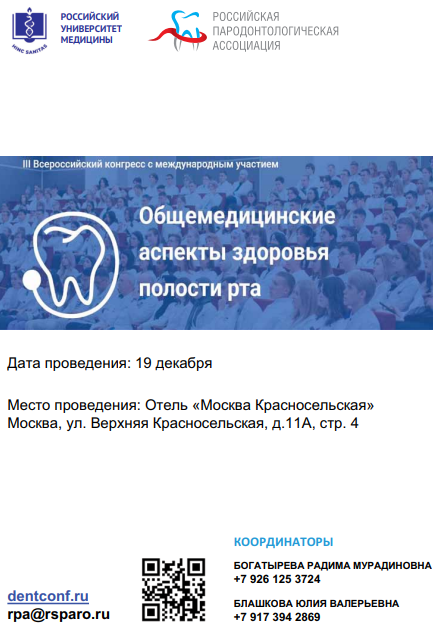Effect of selected pulpotomy materials on the shear bond strength of a composite material to primary dentin using a universal adhesive
https://doi.org/10.33925/1683-3031-2025-882
Abstract
Relevance. During pulpotomy procedures in primary teeth, the contamination of cavity walls by the applied pulpotomy material is unavoidable and may compromise the adhesion of restorative materials. Notably, the use of rubber dam isolation does not eliminate the risk of dentin surface contamination within the area of endodontic access. Objective. To evaluate the effect of two pulpotomy materials—one containing MTA and the other a non-MTA-based formulation with moderate fixative action—on the shear bond strength (SBS) between a composite restorative material and primary dentin when a universal adhesive system is used.
Materials and methods. This study evaluated a modern universal adhesive system (OptiBond Universal) in combination with its corresponding proprietary composite restorative material. Extracted first primary molars from 6- to 7-year-old children, removed for surgical indications, were used. Two types of pulpotomy materials were applied to the dentin surface of the specimens: an MTA-containing material (Group 1) and a non-MTA-based material with moderate fixative action (Group 2). Each material was applied for 60 seconds and then removed using a cotton roll. The SBS between the composite material and dentin was measured in accordance with GOST R 51202-98. Morphological evaluation of the specimens before and after testing was conducted using fluorescent microscopy at magnifications of ×30, ×250, and ×300. The Mann–Whitney U-test was used to assess the statistical significance of differences in SBS values between the two independent groups.
Results. The SBS of the composite material to primary dentin using the universal adhesive in Groups 1 and 2 indicated that exposure to the MTA-containing material did not result in a statistically significant difference in mean SBS values compared to the control group. In contrast, exposure to the non-MTA-based pulpotomy material with moderate fixative action led to a 22% reduction in the mean SBS value relative to the control group.
About the Authors
A. G. SedoykinRussian Federation
Alexey G. Sedoykin, DMD, PhD, Associate Professor, Department of the Pediatric Dentistry
Dolgorukovskaya St., 4, Moscow, Russian Federation, 127006
L. P. Kiselnikova
Russian Federation
Larisa P. Kiselnikova, DMD, PhD, DSc, Professor, Head of the Department of Pediatric Dentistry
Moscow
References
1. Garcia IM, Leitune VC, Ibrahim MS, Melo MA, Faus Matoses V, Sauro S, et al. Determining the effects of eugenol on the bond strength of resin-based restorative materials to dentin: A meta-analysis of the literature. Appl Sci. 2020;10(3):1070. doi: 10.3390/app10031070
2. Sedojkin AG, Kisel'nikova LP, Drobot'ko LN, Fedotov KI. Russian Journal of Stomatology. 2016;9(1):65 65 (In Russ.). Available from: https://www.mediasphera.ru/issues/rossijskaya-stomatologiya/2016/1/082072-640620150147
3. Ghouchani TZ, Farhadpour H, Mohammadi N. Effect of Root Canal Filling Materials and Pretreatment with Solvents on the Shear Bond Strength of Composite Resin with Primary Tooth Dentin. Biomed Res Int. 2021; 2021:5534294. doi: 10.1155/2021/5534294
4. Pires CW, Lenzi TL, Soares FZM, Rocha RO. Zinc oxide eugenol paste jeopardises the adhesive bonding to primary dentine. Eur Arch Paediatr Dent. 2018;19(3):163-169. doi: 10.1007/s40368-018-0344-x
5. El Hachem C, Chedid JCA, Nehme W, Kaloustian MK, Ghosn N, Rabineau M, Kharouf N, Haikel Y, Mancino D. The Contribution of Various In Vitro Methodologies to Comprehending the Filling Ability of Root Canal Pastes in Primary Teeth. Bioengineering (Basel). 2023;10(7):818. doi: 10.3390/bioengineering10070818
6. Neelakantan P, Grotra D, Subbarao CV, Garcia-Godoy F. The shear bond strength of resin-based composite to white mineral trioxide aggregate. J Am Dent Assoc. 2012;143(8):e40-5. doi: 10.14219/jada.archive.2012.0302
7. Sindi AS. An In vitro Study to Assess the Effectiveness of the Shear Bond Strength of Mineral Trioxide Aggregate with Different Adhesive Systems. J Pharm Bioallied Sci. 2021;13(Suppl 1):S672-S675. doi: 10.4103/jpbs.JPBS_689_20
8. Nozari A, Pakniyat Jahromi M, Haji Abbas Oghli F, Jowkar Z, Hamidi SA. Influence of Different Application Modes of a Universal Adhesive System on the Bond Strength of Bulk-Fill Composite Resin to Enamel and Dentin in Primary Teeth. Clin Exp Dent Res. 2024;10(4):e947. doi: 10.1002/cre2.947
9. Jäggi M, Karlin S, Zitzmann NU, Rohr N. Shear bond strength of universal adhesives to human enamel and dentin. J Esthet Restor Dent. 2024;36(5):804-812. doi: 10.1111/jerd.13204
10. Hirokane E, Takamizawa T, Kasahara Y, Ishii R, Tsujimoto A, Barkmeier WW, et al. Effect of double-layer application on the early enamel bond strength of universal adhesives. Clin Oral Investig. 2021;25(3):907-921. doi: 10.1007/s00784-020-03379-1
Review
For citations:
Sedoykin A.G., Kiselnikova L.P. Effect of selected pulpotomy materials on the shear bond strength of a composite material to primary dentin using a universal adhesive. Pediatric dentistry and dental prophylaxis. 2025;25(2):137-144. (In Russ.) https://doi.org/10.33925/1683-3031-2025-882





































